Metamask Account Linking: A Technical Feasibility Study
In recent years, Metamask has become an essential tool for decentralized applications (dApps) built on the Ethereum blockchain. However, enabling a seamless user experience requires more than just integration; it requires building a robust and flexible wallet system that can securely manage user accounts. In this article, we will delve into the technical feasibility of linking a Metamask wallet account to a website’s database.
Integration Challenges
Before diving into the details, let’s address a few key challenges:
- Authentication: Users must first log in to the website before they can connect their Metamask wallet account.
- Data Synchronization: The user’s Metamask wallet and website accounts must be synchronized in real-time for seamless interactions.
- Authorization
: It is essential to ensure that only authorized users can access their own data.
The ability to link accounts
To answer this question, we will explore the technical feasibility of creating a unique account in both the user’s Metamask wallet and the website’s database.
Step 1: User Authentication with Metamask
When a user logs into the website using their Metamask wallet, they are authenticated and authorized. This establishes a secure connection between the user’s wallet and the website.
Step 2: Unique Account Creation
Once authentication is established, we can create a unique account on both sides of the integration. The following components are involved:
- User Profile: A unique identifier for each user (e.g. username, email).
- Wallet Address: The wallet address stored in the Metamask database.
- Website Account: An encrypted and isolated storage space for website account data.
Step 3: Data Synchronization
To synchronize the user's Metamask wallet with their website accounts, we can use a combination of JSON Web Tokens (JWTs) and encryption. The following components are involved:
- JSON Web Tokens (JWTs): A compact and URL-secure way to represent claims to be transmitted between two parties.
- Encryption
: Using a secure encryption algorithm (e.g., AES-256-GCM) to protect user data on both sides.
Step 4: Authorization
To ensure that only authorized users can access their own data, we can implement the following:
- Authentication Tokens: Issuing authentication tokens for each user’s Metamask wallet address and website account.
- Role-Based Access Control (RBAC): Assigning roles to users based on their Metamask wallet addresses and website accounts.
Conclusion
By creating a seamless integration between a user’s Metamask wallet and their website’s database, we can establish trust and provide an optimal user experience for decentralized applications. The technical feasibility of linking Metamask wallets to websites is demonstrated by the use of JSON Web Tokens (JWTs) and encryption.
While this solution may require additional infrastructure and resources, it offers a secure and scalable approach to managing user data across multiple platforms.
Recommendations
To further improve this solution:
- Use a decentralized identity management system: Implement a system that allows users to manage their own identities on the Metamask and website databases.
- Implement a secure authentication protocol: Use a secure authentication protocol, such as OAuth or OpenID Connect, to provide an additional layer of security for user authentication.
By following these recommendations, we can create a robust and scalable solution that meets the needs of decentralized applications.
